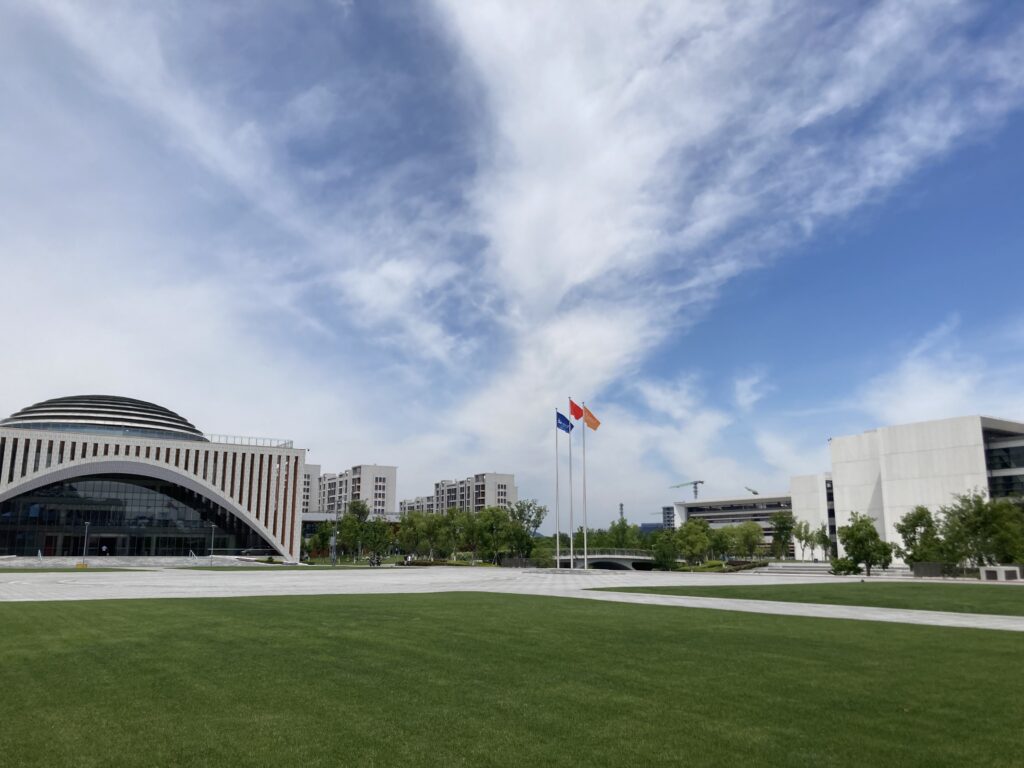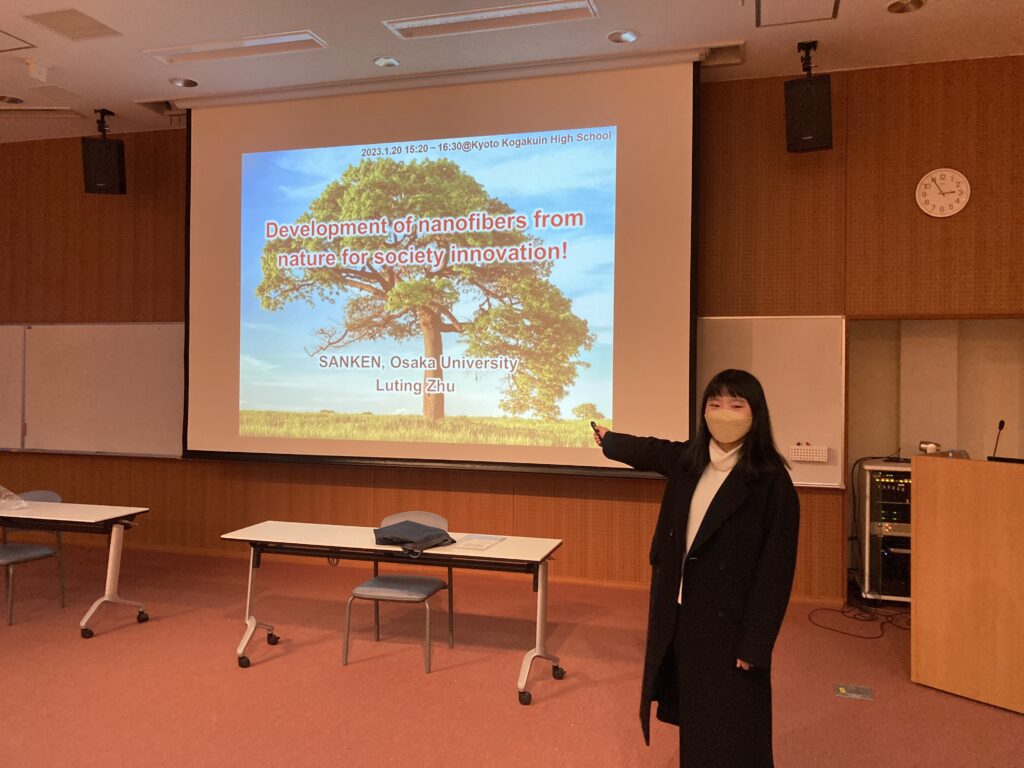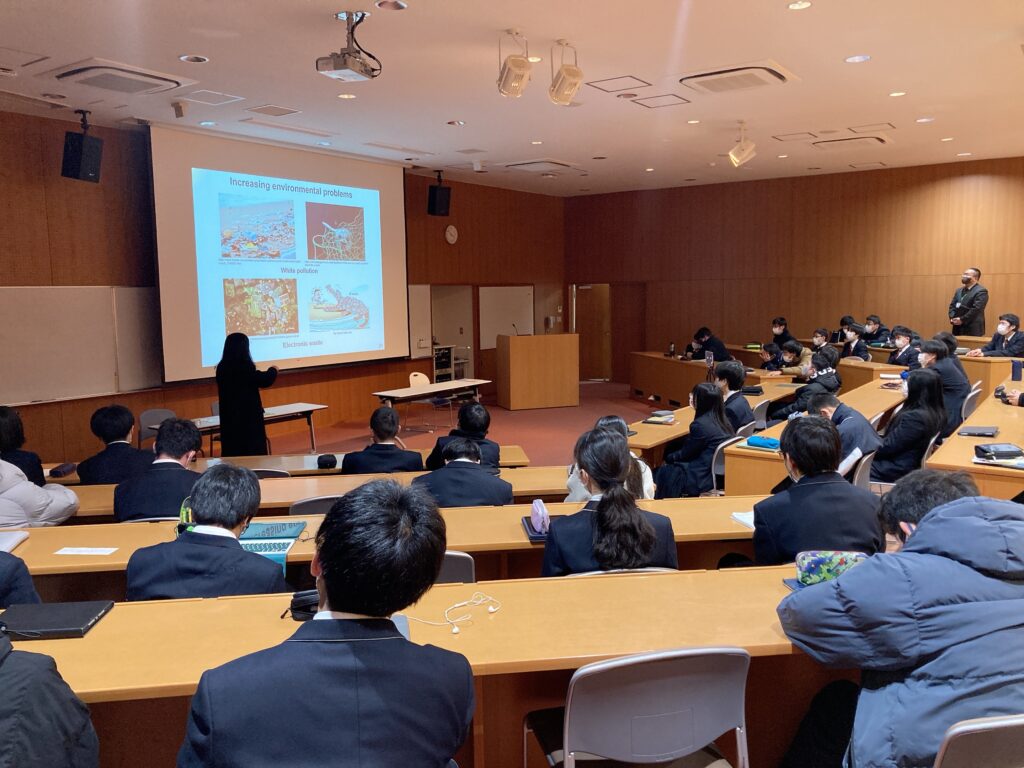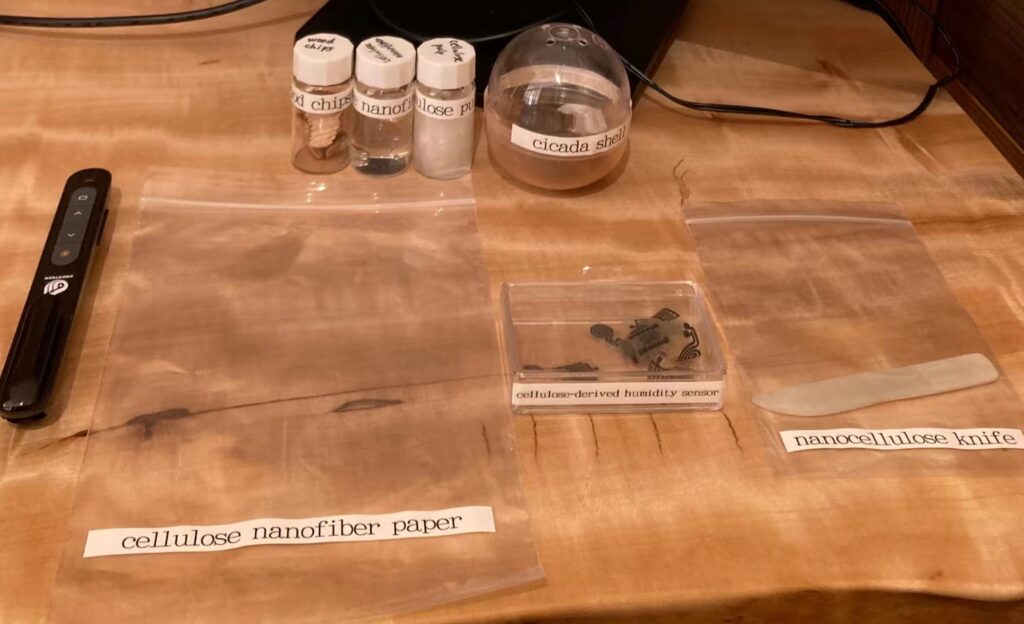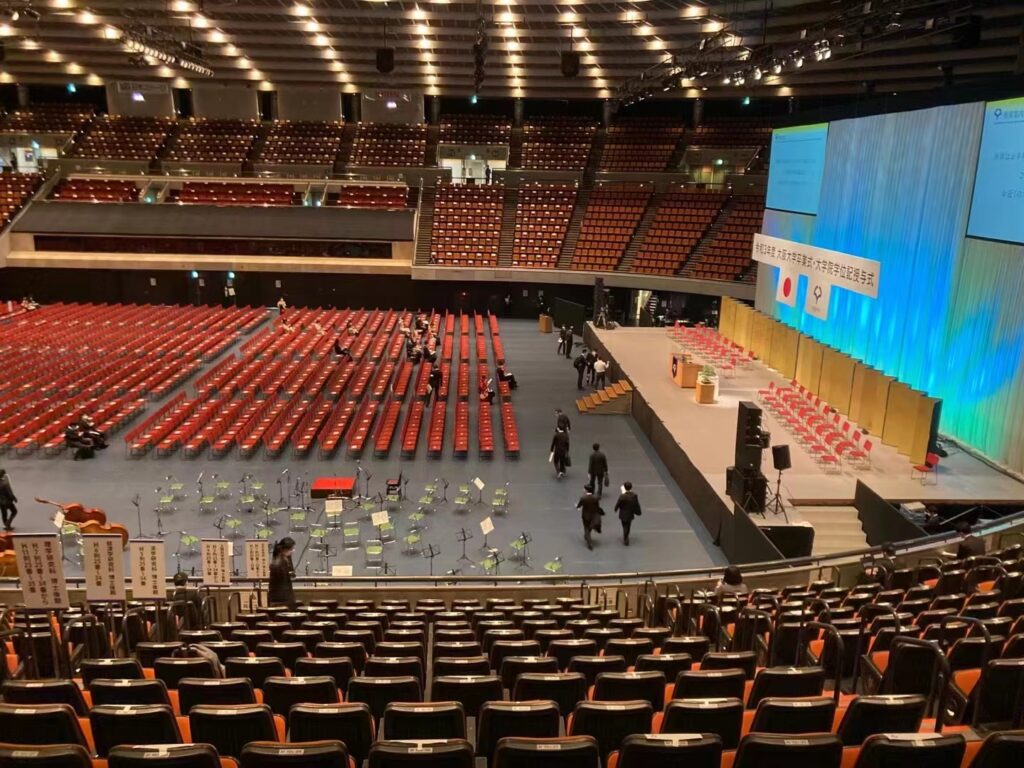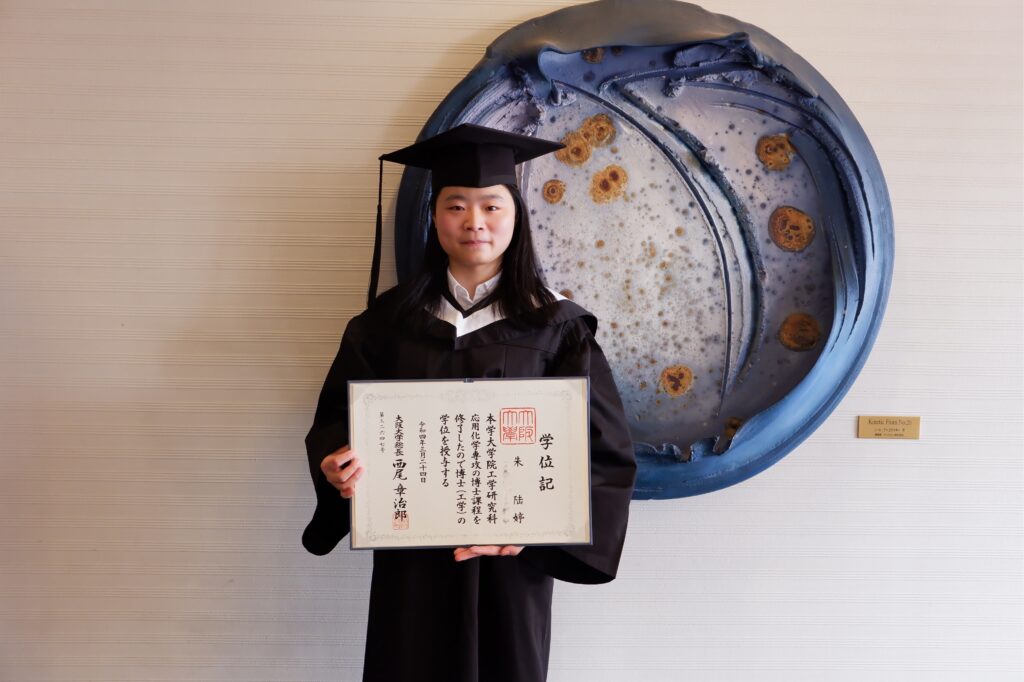On April1st 2025, my paper about cellulose nanofiber aerogel for moisture-enabled electricity generation was accepted by Chemical Engineering Journal!

Hygroscopic and moisture-stable cellulose nanofiber aerogel for effective and repeatable moisture-enabled electricity generation
L. Zhu*, X. Li., Y. Huang., S. Ishioka., T. Kasuga., H. Koga*
Chemical Engineering Journal, in press
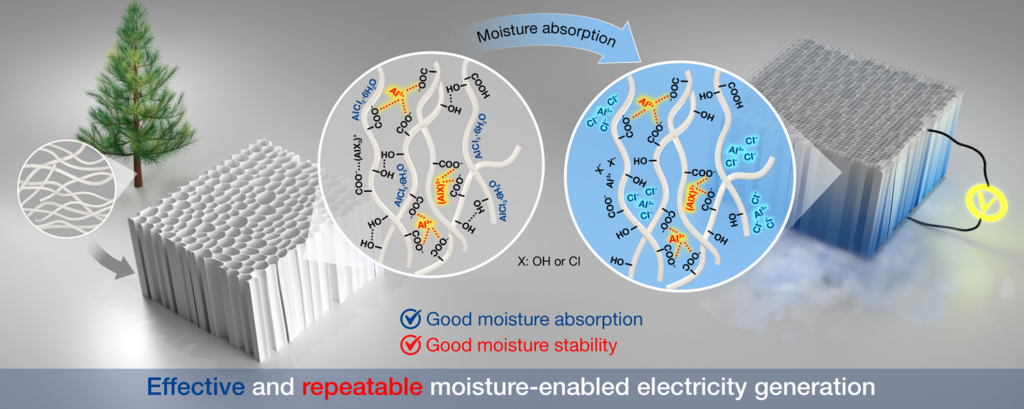
Congratulations!


